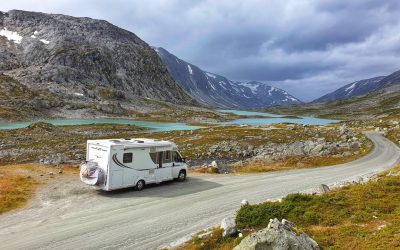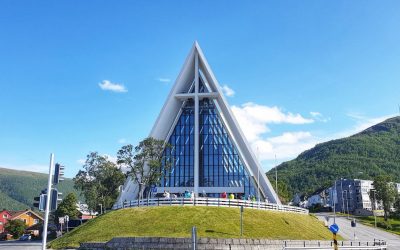Motorhome highlights in Norway After four months touring Scandinavia, here are our Motorhome highlights in Norway. Simon Cowell may well...

Tromso
Tromso
Tromso – Norway’s most northern city
Tromsø was never an intended destination on our 2019 Summer in Scandinavia road-trip, although when circumstances took an...
Follow us
You can find us on social media,
different channels for different content.


